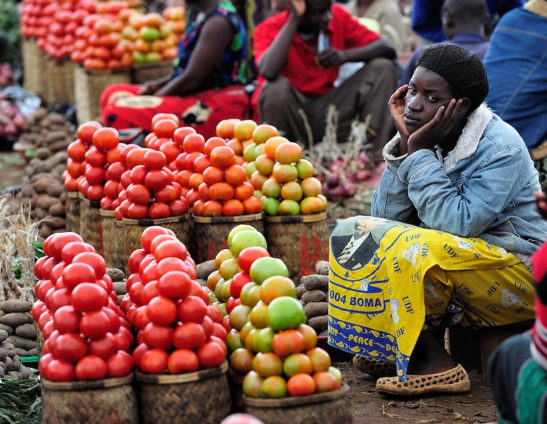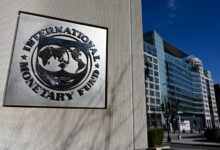BoG, govt must work to reduce food inflation; this will cut headline inflation by half – Economist

An Economist, Dr John Kwakye has told the Bank of Ghana (BoG) to work with the government to reduce food inflation by half.
In his view, reducing food inflation by half will automatically slash the headline inflation also by 50 percent.
It is recalled that the Government Statistician Professor Samuel Annim earlier announced that the inflation rate for the month of April went down to 25 percent.
Addressing a press conference in Accra on Wednesday, May 8 Prof Annim said food inflation contributed to the overall drop in the rate of inflation as it recorded a rate of 26.8 percent, the lowest since 13 months, with non-food inflation of 23.5 percent.
“In the month of April 2024, the consumer price index stood at 213. 3 relative 170. 5 that was recorded for the same time period in April 2023. Given these two indices, year-on-year inflation to the month of April 2024 stood at 25.0 per cent.
“The year-on-year rate of inflation for the month of April 2024 stood at 25. 0 per cent. This literally means that goods and services, thus, prices of goods and services between April 2023 and April 2024 went up by 25. 0 per cent.
“This rate that we recorded for the month of April 2023 at 0. 8 percentage point slowdown relative to the rate that was recorded in March 2024. In March 2024, we recorded an increase of 2.6 percentage points from the April 2024 rate of 23. 2 per cent to 25. 8 per cent for the month of March 2024.”
The Governor of the Bank of Ghana Dr Ernest Addison while addressing the 118th Moneyaru Policy Committee Press conference in Accra on Monday May 27 observed that global headline inflation remains above target in most countries. Progress towards inflation
targets has somewhat stalled since the beginning of the year due to a resurgence in crude oil prices as OPEC+ slashed production and increasing prices in the services sector.
This notwithstanding, he said, inflation is projected to decline steadily on the back of tighter monetary policy, softening labour market conditions, and fading effects of past shocks.
On the other hand, the disinflation process which is a temporary slowing of the pace of price inflation, remained sluggish over the first quarter of the year.
Inflation which declined to 23.1 percent in December 2023, moved up to 25.8 percent by the end of the first quarter of 2024.
“This slowdown in the disinflation process was driven in large part by rising food inflation, mainly seasonal food crop items. In April, however, inflation eased to 25 percent on account of improvements in the supply of seasonal food crops which seem to have been countered by increasing non-food inflation from the exchange rate pass through effects. Food inflation declined to 26.8 percent in April 2024 from the high of 29.6 percent recorded in March 2024, while non-food inflation increased to 23.5 percent from 22.6 percent over the same comparative period.
“Notwithstanding the sluggishness of the disinflation process, underlying inflationary pressures are well contained. All the core measures of inflation monitored by the Bank
continued to ease. Isolating price increases of energy and utility items from the consumer
basket, core inflation moderated to 24.8 percent in April 2024 from 26.3 percent in March,” Dr Addison said.
Commenting on this, Dr John Kwakye who is also the Director of Research at the Institute of Economic Affairs (IEA) said “If, as the BoG admits, food inflation is a major driver of headline inflation, what has the Policy Rate got to do with that?
“Why doesn’t the Bank work with Gov’t to cut food inflation by a half. That will make almost 50% of headline inflation go away.”







